Brief History
The lofty barriers had wrapped the country with a cloak of mysticism. For centuries, the country did not have a name for the outside world. Some Tibetan chronicles referred to it with exotic names as “the Southern Valley of Medicinal herbs”, and the ” Lotus Garden of the Gods”. To the Bhutanese, the country was always “Druk Yul” literally meaning “The Kingdom of the Thunder Dragon”.
The name Bhutan appears to have derived from the ancient Indian term “Bhotanta” which means the end of the land of the Bhots. Bhot was the Sanskrit term for Tibetans. Bhutan ‘s distant past is surrounded by mystery as books and documents were lost in a series of fires and earthquakes, which destroyed important Dzongs where the historical records had been stored. The prominent event in what little exists of Bhutanese history is the legendary flight of Guru Padmasambhava from Tibet in 747 AD. Guru Rimpoche, as he is today popularly referred to as, is considered the second Buddha. Guru Rimpoche arrived in Paro valley at the Taktshang (Tiger’s nest). Today a monastery exists perched precariously on the cliff’s face as an indelible mark of the Guru’s visit. Guru Rimpoche is the founder of the tantric strain of Mahayana Buddhism practiced in Bhutan . He is also worshipped as the father of the Nyingmapa School of religion.
Although the religious presence was acting as the Spiritual cohesion, the country was not unified under one central authority. Many local lords who had for centuries been at war against each other ruled it. In the early 17th century, Shabdrung Nawang Namgyal, a Tibetan Lama of the Drukpa School , came to Bhutan and eventually ended the long period of rivalry between factions of feudal lords. He established the Drukpa sect, which is still prevalent today. The Shabdrung, meaning, “at whose feet one submits” established himself as the Country’s supreme leader and vested civil powers in a high officer known as the Druk Desi. The Je Khenpo, another leader was charged with the religious affairs of the country. The country was divided into regions and a comprehensive system of law was codified.
The Shabdrung built a chain of Dzongs throughout the country, which served as the seat of Government and as fortress, which guarded each valley during the times of battles. The Shabdrung died in 1651. In the ensuing two centuries, the country was again engulfed into regional fiefdoms with intermittent civil wars. At the end 18th century, the Trongsa Penlop Ugyen Wangchuck, who then controlled the eastern and central region suppressed all his rivals and again united the country. An assembly of representatives of the monastic community, civil servants and the people unanimously crowned Ugyen Wangchuck the first king of Bhutan in 1907. The monarchy has thrived ever since and the present king, His Majesty Jigme Singye Wangchuck commands the overwhelming support of his people.

 Saturday, August 30th, 2025
Saturday, August 30th, 2025
 Wednesday, August 27th, 2025
Wednesday, August 27th, 2025
 Wednesday, August 20th, 2025
Wednesday, August 20th, 2025
 Wednesday, August 20th, 2025
Wednesday, August 20th, 2025
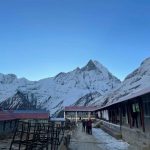 Wednesday, August 13th, 2025
Wednesday, August 13th, 2025
 Wednesday, August 6th, 2025
Wednesday, August 6th, 2025
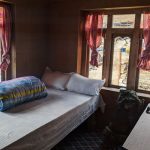 Monday, July 7th, 2025
Monday, July 7th, 2025
 Thursday, July 17th, 2025
Thursday, July 17th, 2025
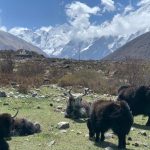 Monday, July 7th, 2025
Monday, July 7th, 2025
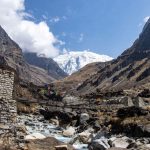 Friday, May 9th, 2025
Friday, May 9th, 2025
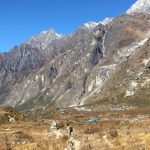 Saturday, June 14th, 2025
Saturday, June 14th, 2025
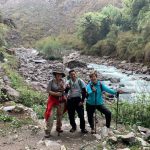 Wednesday, June 25th, 2025
Wednesday, June 25th, 2025
 Tuesday, August 5th, 2025
Tuesday, August 5th, 2025
